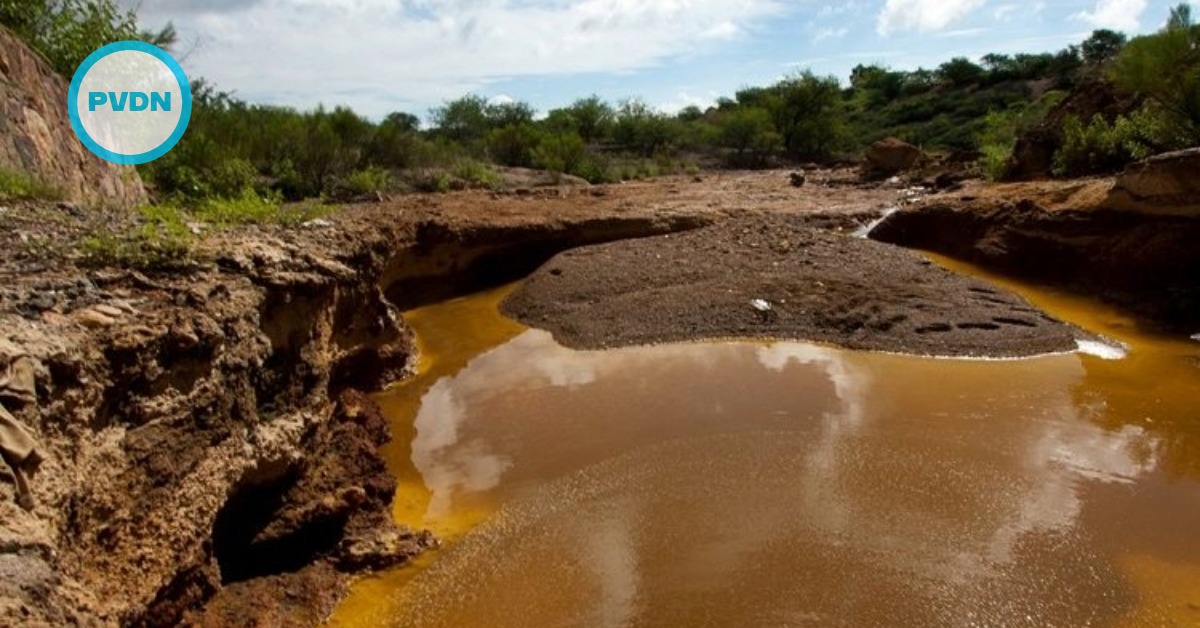Experts in Mexico said Wednesday they have detected more than 2,000 pre-Hispanic ruins or clusters of artefacts along the proposed route of the president’s controversial “Maya Train” project on the Yucatan peninsula.
The discovery of sites using LiDAR elevation mapping technology could slow down the already disputed project, which opponents contend also threatens indigenous communities and water supplies.
The laser elevation data showed a total of 2,187 “archaeological monuments” along 277 miles (366 kilometers) of the proposed route, about one-quarter of the total planned track. Experts already knew about the . . .






